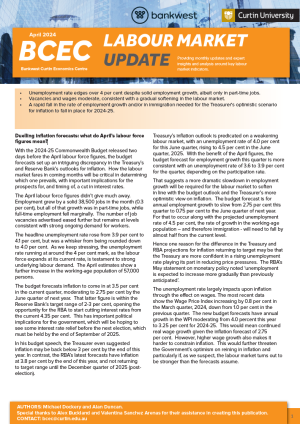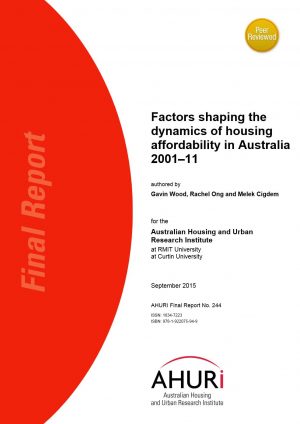Factors shaping the dynamics of housing affordability in Australia 2001-11
The research documented in this report to the Australian Housing and Urban Research Institute (AHURI) offers key insights into the duration of exposures to unaffordable housing. It also identifies the socio-demographic characteristics of those low-income Australians who find it more difficult to climb out of unaffordable housing in the first place; and if and when they do evade unaffordable housing, the types of low-income Australians who are more likely to slip back into unaffordable housing. Among low-income Australians, there are three groups that we can describe given the personal characteristics that our econometric modelling has flagged as important identifiers: (i) households with dependent children, particularly if there is a lone parent, (ii) migrants born in non-English-speaking countries, (iii) working age individuals on the margins of the labour market—the unemployed and those who have dropped out of the labour force—as well as the self-employed.





